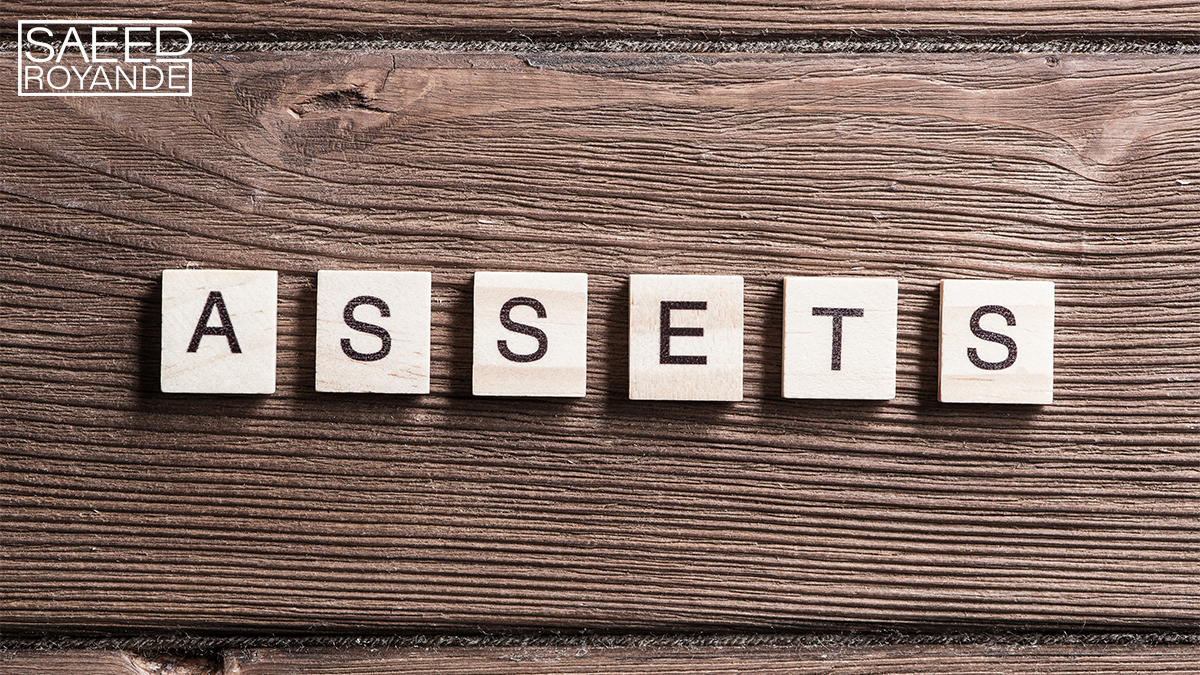A company’s only resources are its assets. A tangible asset is a physical object. There are various types of assets that are included in this category. Accounts receivable, prepayment fees, and patents are examples of intangible assets. An asset’s long-term value must be considered while assessing its worth. Intangible assets, on the other hand, tend to have a longer life span than tangible assets because they are used up more quickly. Even if the value of a patent can last for decades, the value of a product made from that patent may only last a few months.
Tangible assets
In order to remember tangible assets, remember the definition of “tangible,” which is something that can be felt. The term “tangible assets” refers to assets that have a physical existence and can be seen and touched. Tangible and intangible assets are fundamentally different because intangible assets can only be viewed on a piece of paper. Fixed assets and current assets are examples of tangible assets. Furniture, stocks, computers, houses, machinery, and so on are examples of these assets.

Two Chair and Table show tangible assets
Tangible assets valuation
Many things go into the value of a company, from its people and products to its physical assets. The term “tangible fixed assets” refers to the physical parts of an asset or piece of equipment that a company owns and uses to make money. There are times when a personal financial coach needs to figure out the exact value of your fixed assets to determine your market strategy, which is where tangible valuation comes in.
Intangible assets
They can’t be seen, touched, or felt, which makes them, unlike tangible assets. A company’s intangible assets can be either definite or indefinite, depending on the type of asset. Goodwill, patents, copyrights, trademarks, and company brands are a few examples of intangible assets.
To put it another way: A patent can be considered an intangible asset because it expires after its term, but the brand of an established company will endure for the rest of its existence.
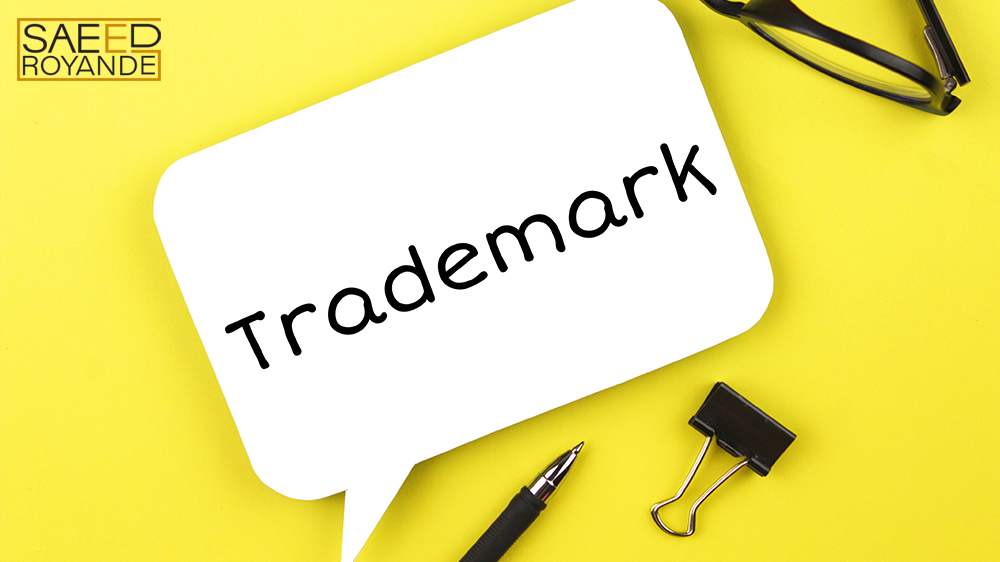
White paper speech bubble with inscription trademark
Intangible asset valuation
Intangible assets can be valuable if they bring in extra money for the owner, such as a better price, more volume, or faster delivery. They can also save the owner money (process economy and cost-effectiveness). To value the worth of a company’s intangible assets, the most typical method is to deduct its book value [assets minus liabilities] from its market value. The intangible assets make up the gap in the final balance sheet value. However, each intangible asset can also be valued separately.

Sticker with the inscription assets hanged
Intangible asset growth
The United States and ten European economies have seen a 63% rise in gross value added over the last 25 years. A database called INTAN-Invest says that the total investment share of intangible assets rose by 29% during this time. Investing more money in intangible assets leads to a rise in the total factor productivity of all economies. Global competition, new business models, and the rise of the service sector have all made intangible assets more important for businesses, industries, and national economies. This is how most of the attention has been paid to intangible assets: research and development, key people, and software.
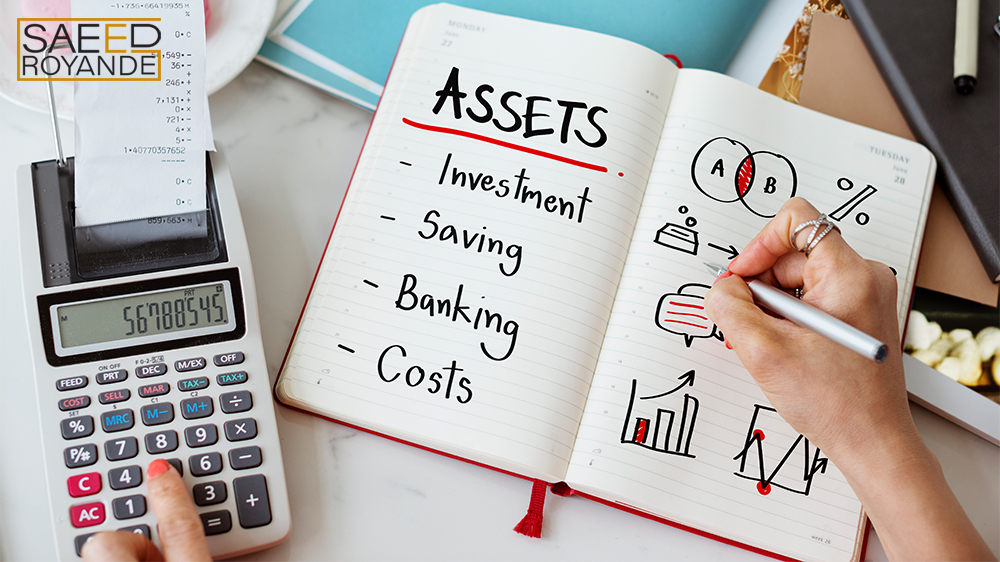
Budget commerce revenue accounting assets
Intangible goods
If you buy something that doesn’t have a physical shape, it is called intangible goods. Intangible goods are becoming more and more critical to the economy, making it very easy for new businesses to start up. You don’t need to save or post them. Adding them to inventory is often just a few clicks of a few buttons. It’s not easy to see or touch things like apps for phones or tablets or software for computers. So, intangible goods are not intangible assets.
Tangible and intangible assets could be current or fixed
People can have tangible and intangible assets that are either current or fixed. Current assets are expected to be turned into cash quickly, while fixed assets (also called non-current assets) are long-term investments that a company makes. For example, if your business has a place to work, you have tangible fixed assets, like your business’s equipment and inventory.
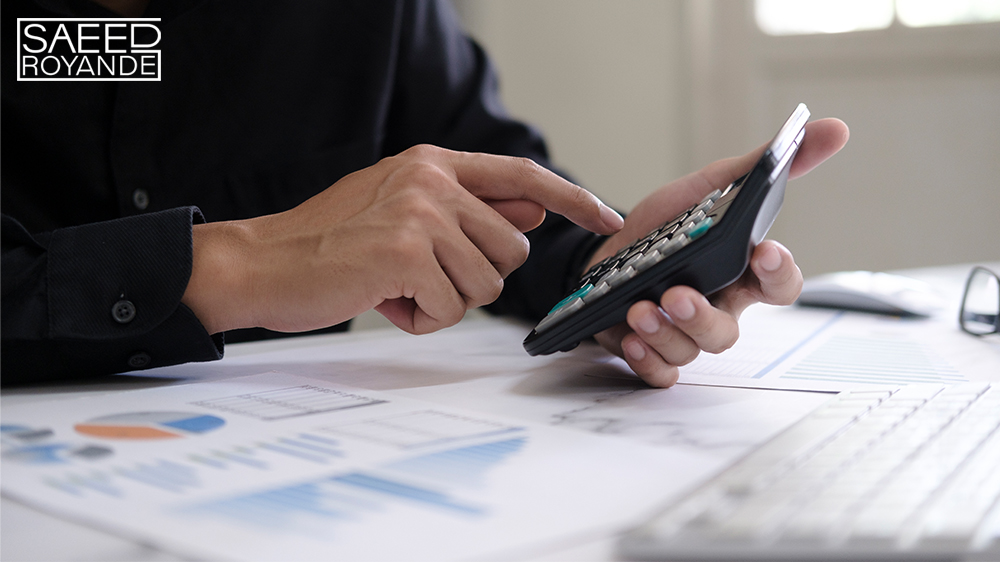
Business man using calculator finance and accounting
Main differences between tangible and intangible assets
Between tangible and non-tangible assets, there are fundamental differences.
- The term “tangible assets” refers to those assets that have a monetary worth and are physically present in the organization. The term “intangible asset” refers to a type of asset that has both a useful life and a monetary worth.
- The term “tangible assets” refers to assets that can be seen and touched. In contrast, intangible assets are those that can’t be touched or seen. Instead, they’re couched in a more generalized metaphor.
- Depreciation is used to reduce the value of tangible assets, and the same is true for intangible assets.
- When cash is needed, tangible assets can be quickly transformed into cash because of their substantial material presence. On the other hand, intangible assets like a trademark or goodwill are more difficult to sell.
- The asset’s remaining value is derived from the salvage or discards value. Tangible assets are worth losing or rescuing once they have depreciated to their final value. Intangible assets, on the other hand, do not have a worth of their own.
- Objects that can be seen and touched Loans that lenders and creditors accept, such as mortgages on the property in return, are guaranteed loans. Intangible assets cannot be collateral for an organization or firm loan.
- It is far easier to estimate the cost of tangible assets than it is to estimate the cost of intangible assets.
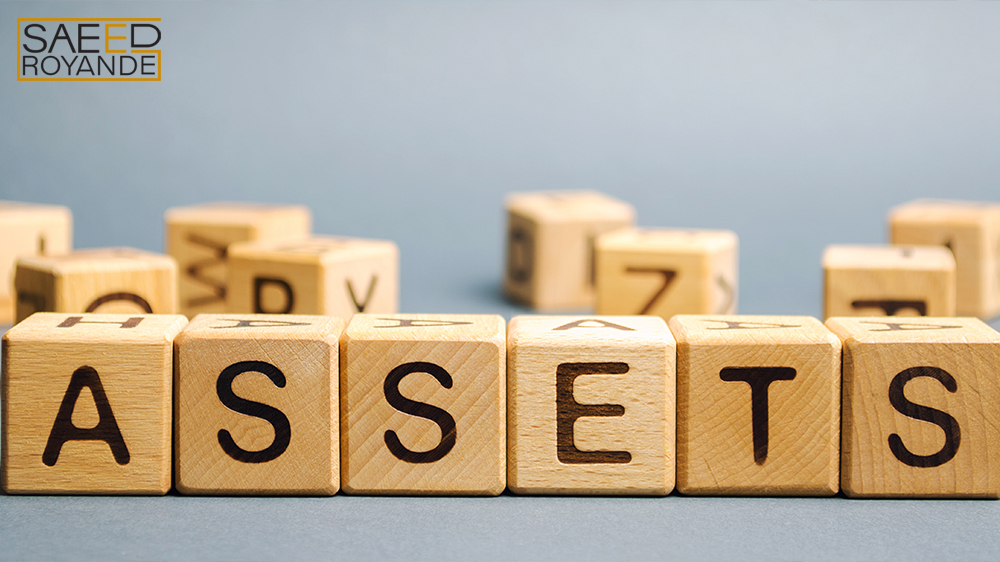
Asset spell with letter cube
Bottom line
Intangible and tangible assets are both valuable; however, tangible assets are often tangible goods that can be quickly turned into financial assets, whereas intangible assets are more difficult to value or sell and are more difficult to transfer. Businesses, as a result, must hold both tangible and intangible assets. As Jay Abraham, a successful business coach, says, you should overlook opportunities, hidden assets both tangible and intangible, and underperforming areas of a business that no one else recognizes. If you’re thinking about receiving a loan or think you might need money, this is extremely crucial.


